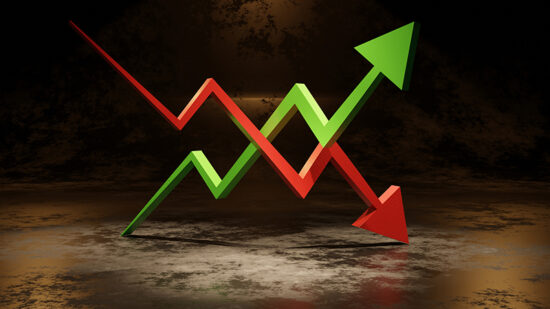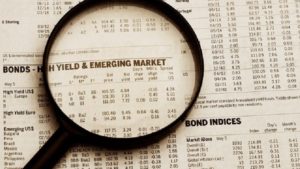US consumer price inflation fell more sharply than expected, to 1.6% in June from 1.9% in May. Elsewhere, consumer spending disappointed after a 0.2% drop in retail sales. This fell short of market expectations of a 0.1% increase.
The dollar dropped against the pound, euro and the yen on the news, but more significantly the figures have put the Fed in a quandary over the future path of rates.
Janet Yellen’s hawkish sentiment earlier this month gave way to a cautious tone on Wednesday when she conceded that subdued inflation could hinder the Fed’s rate hiking plan – presumably she had been privy to Friday’s inflation figures before the rest of us.
With inflation still shy of the Fed’s 2% target and retail spending dipping too, economists are now not quite so sure the Fed will raise rates in line with its prediction in the second half of the year.
Some believe the next hike will now come in December rather than September, and looking further ahead, that the peak in interest rates will come at much lower levels than in previous cycles.
Ian Kernohan, senior economist at Royal London Asset Management, says: “With headline CPI falling and core CPI still below 2%, there is little pressure on the Fed to change their gradual approach to policy tightening and I expect them to keep the Fed funds rate unchanged until December.”
This view is backed up by Hermes Investment Management group chief economist Neil Williams, who believes the Fed remains the test case for whether central banks can ever ‘normalise’ rates.
“We expect it to try, but fail – hiking the funds target just once more, probably in December,” he says.
Williams also believes the effects of previous hikes are yet to come through, which could take 18 months. Add to this delayed or deferred tax cuts and protectionism, and rates will peak at 1.5%. This is much lower than the 3% detailed in the Fed’s dot plot and the historic average of about 5%.







